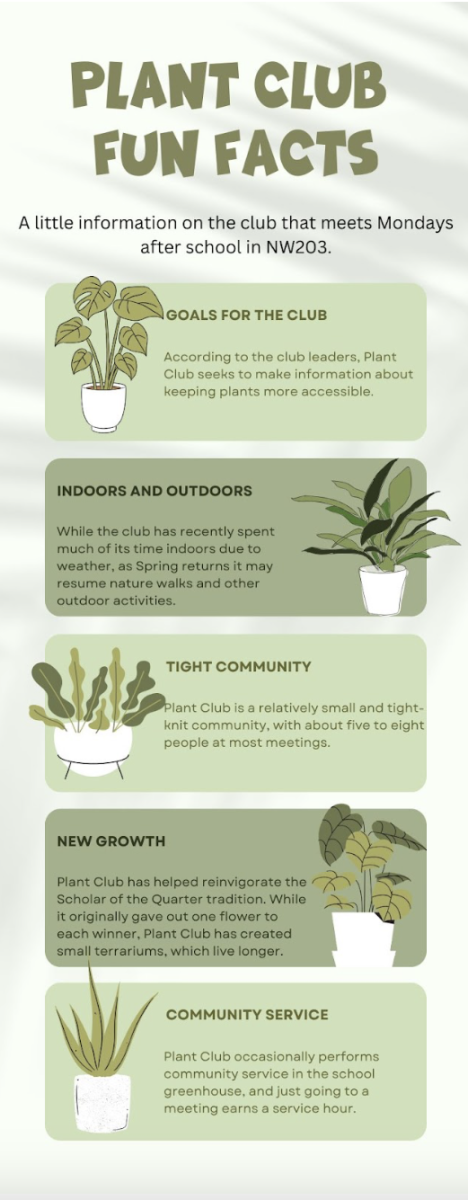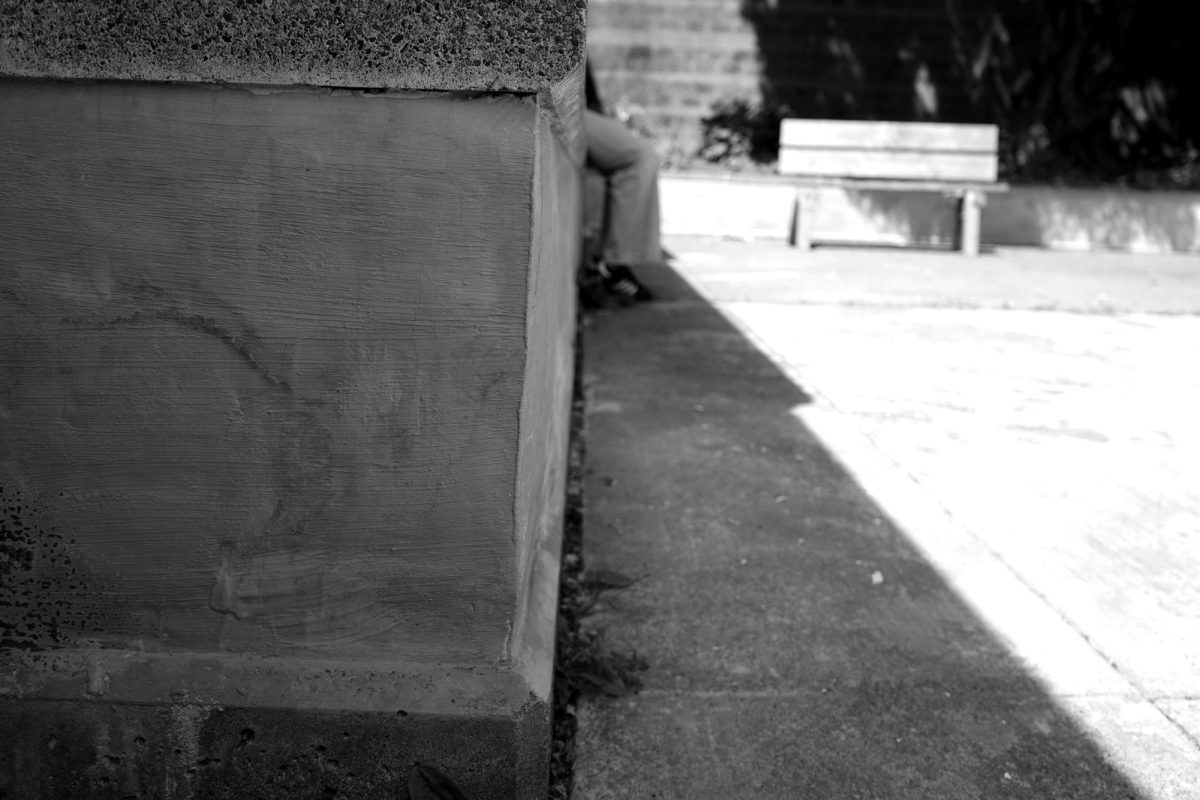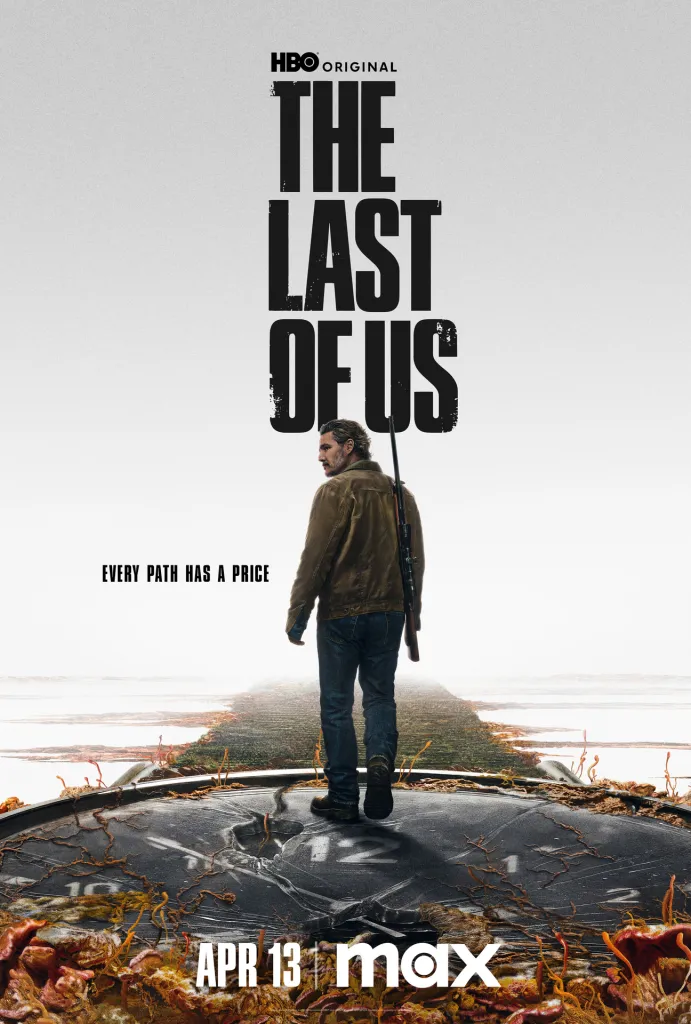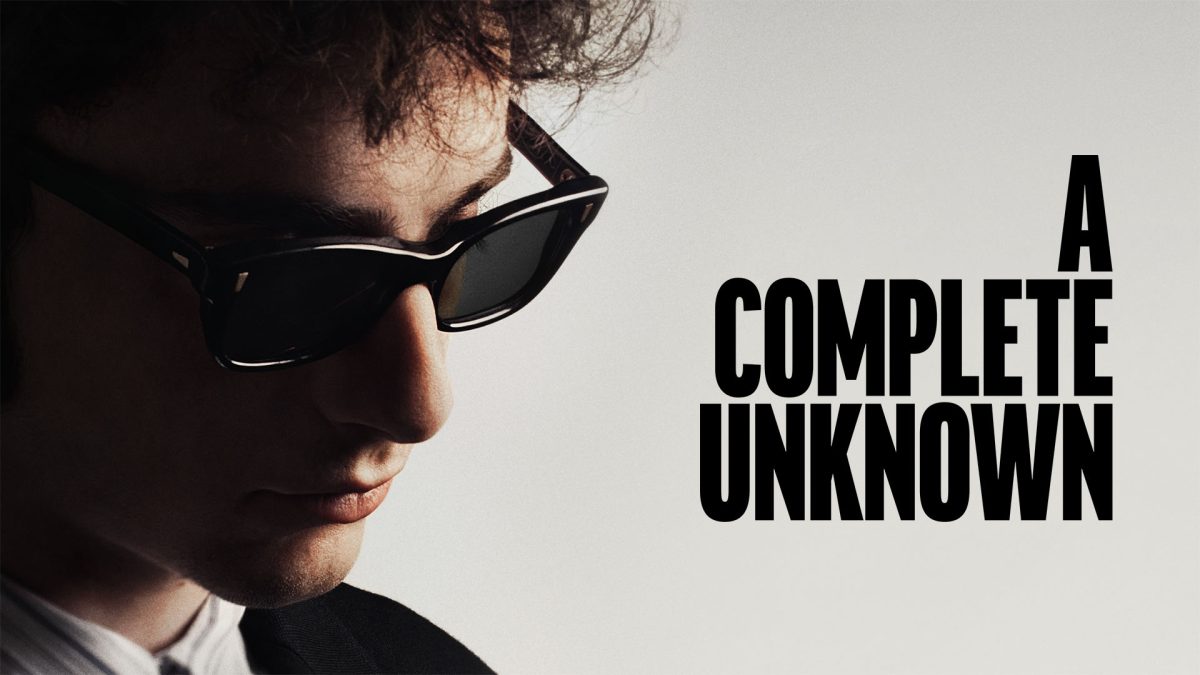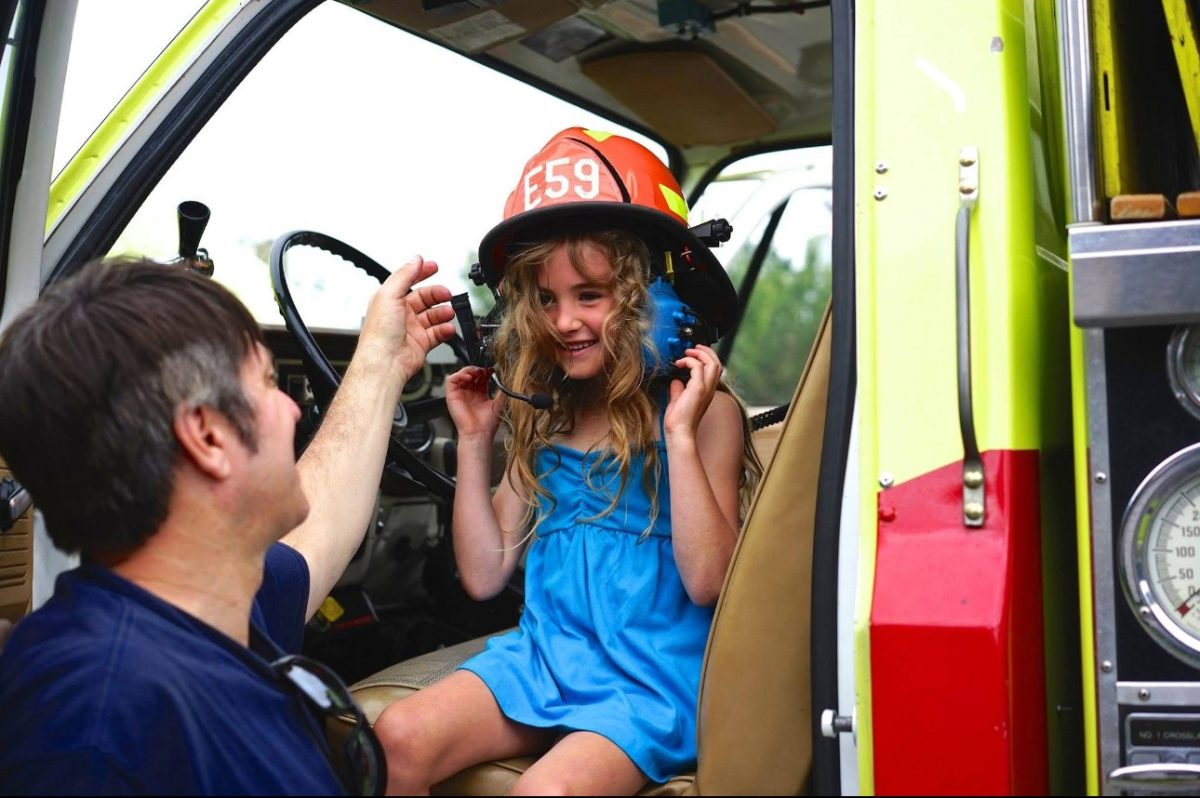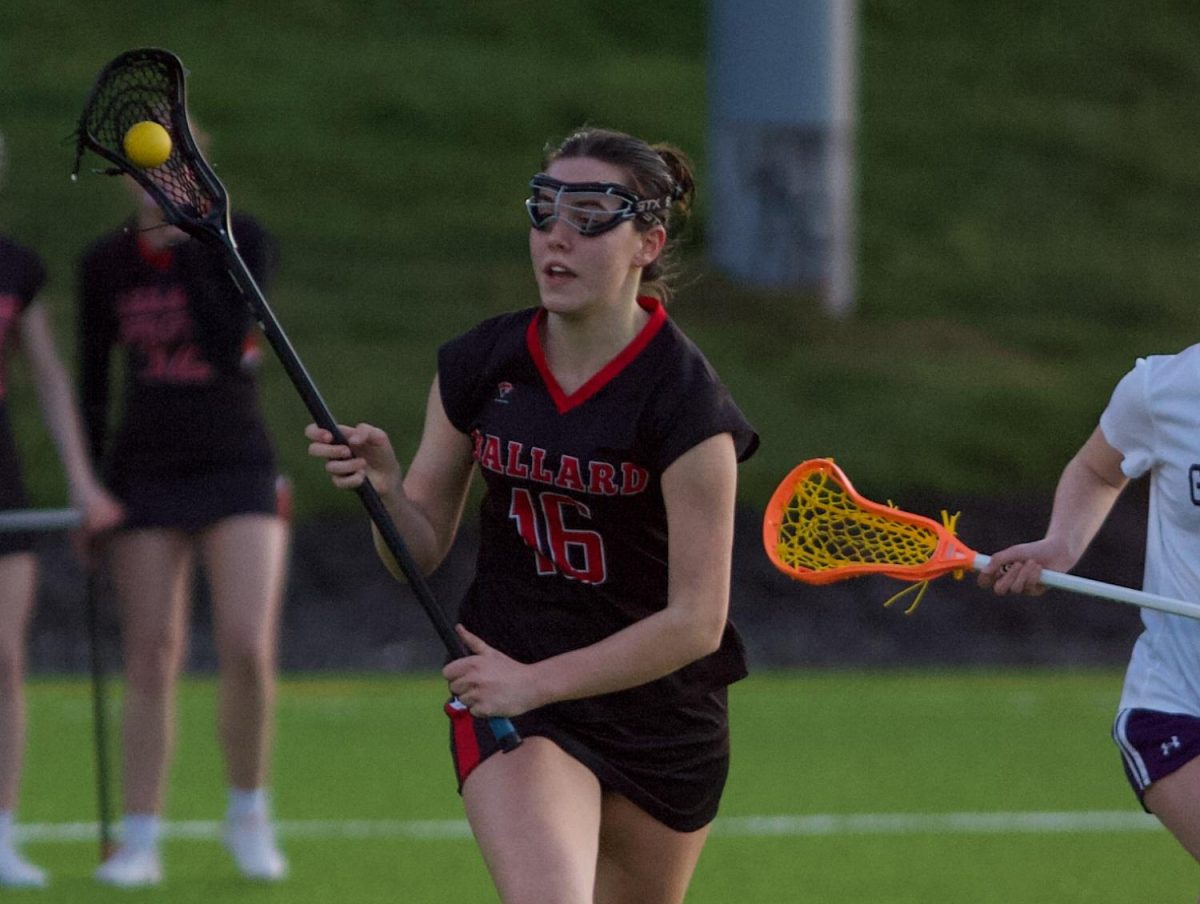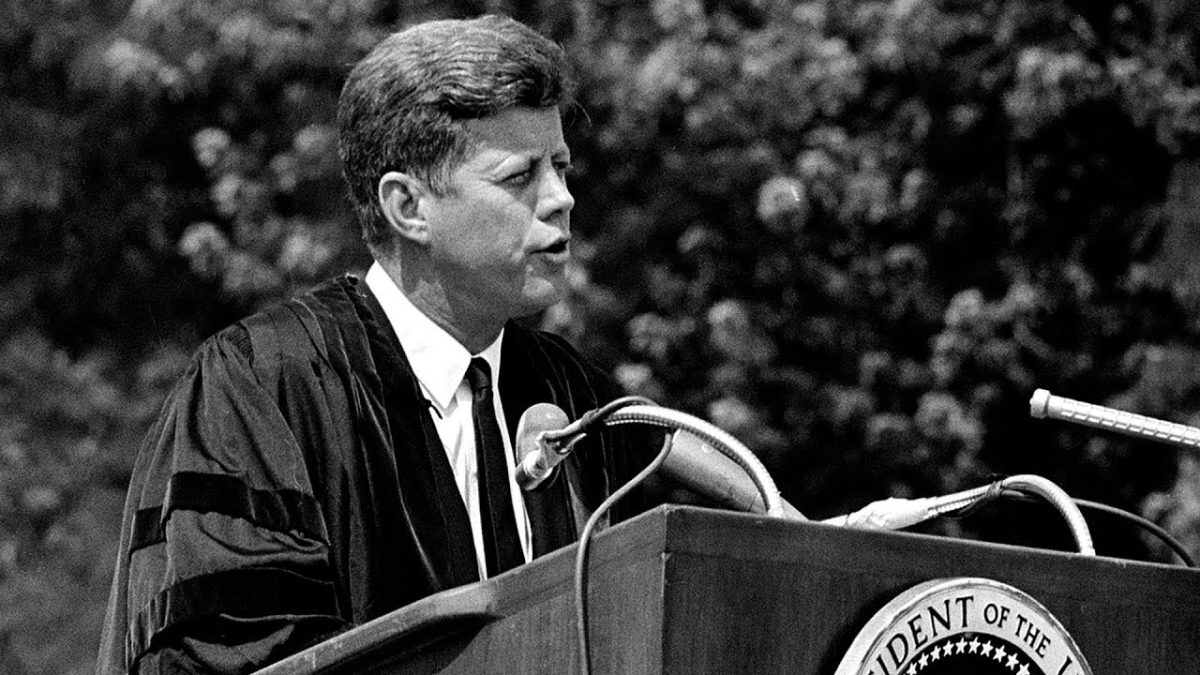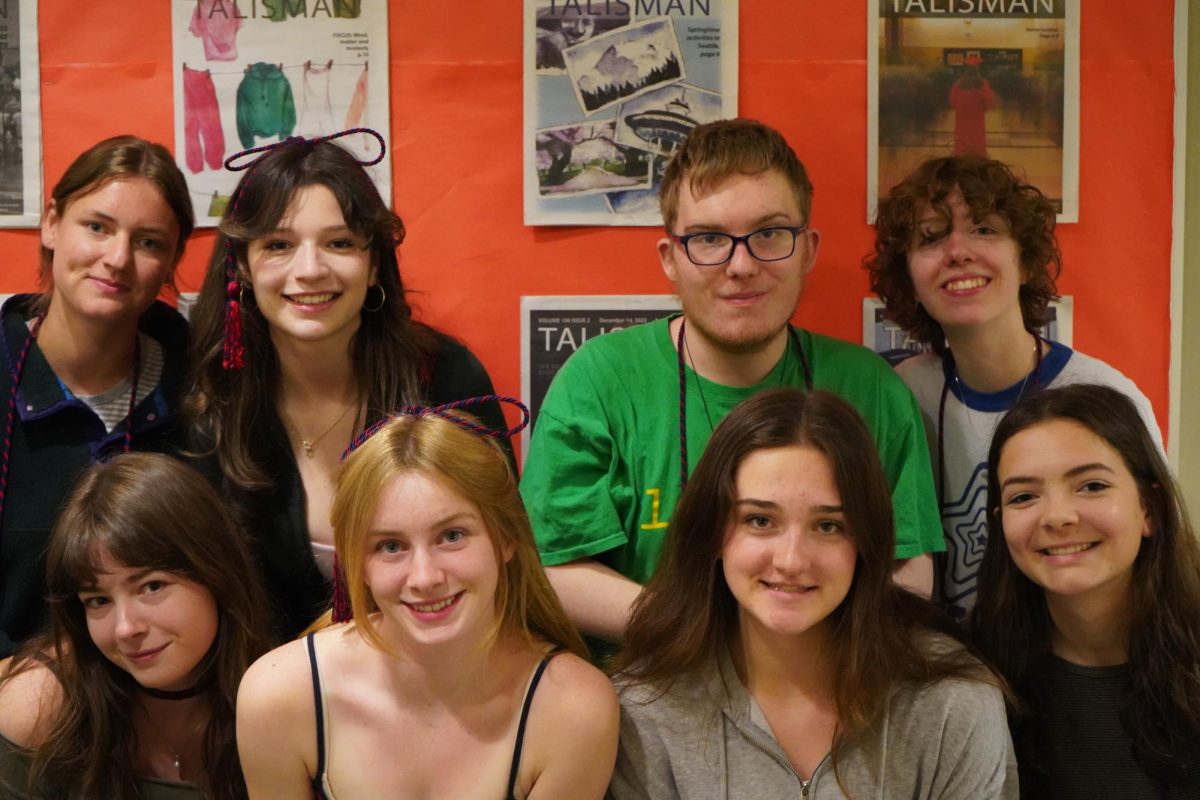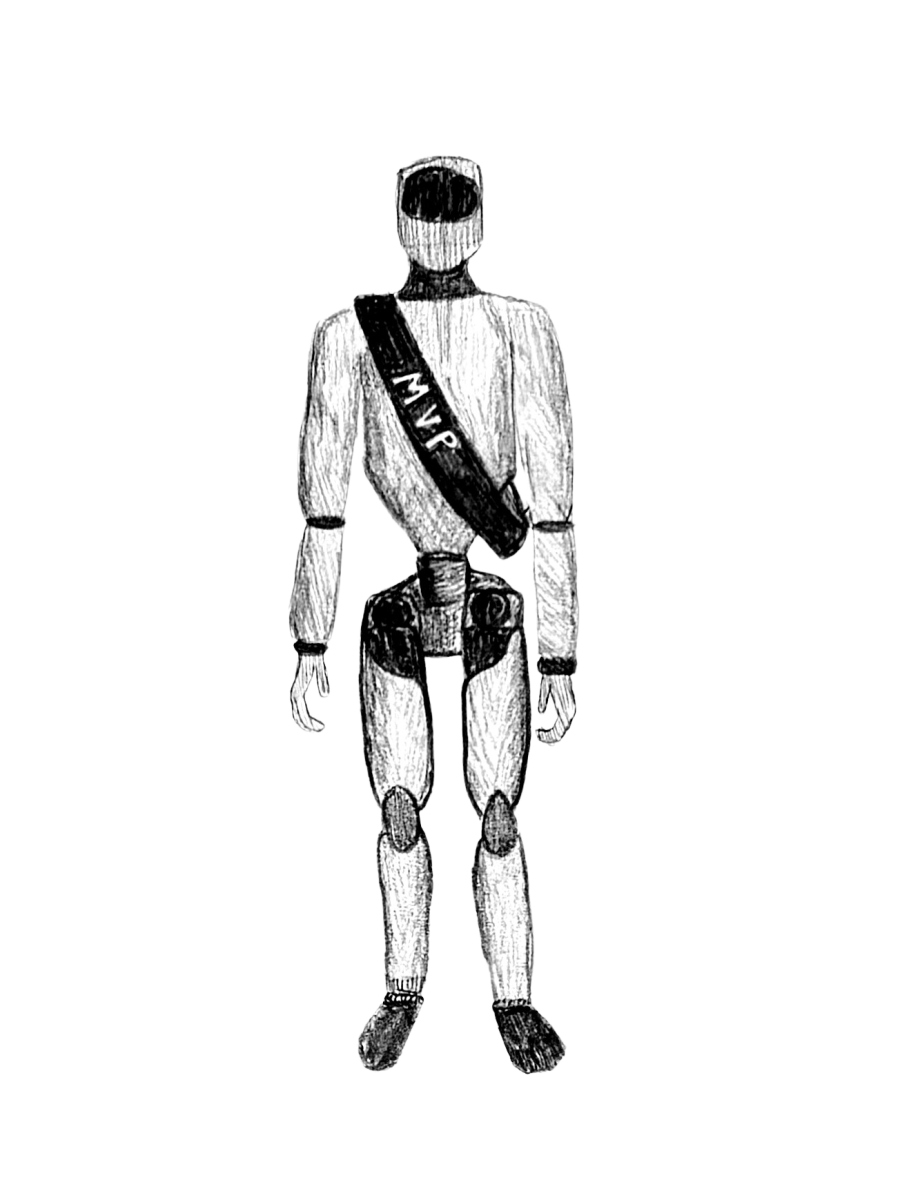What it means to be outnumbered as a female musician
Bella Anderson and Rachel Halmrast
December 17, 2015
In 1958, 57 of the most notable jazz musicians of the era gathered on a sidewalk between Fifth and Madison Avenues in Harlem, New York City, to take one of the most important photographs in jazz history, “A Great Day in Harlem.” Out of the 57 musicians in the photo, only three, Marian McPartland, Mary Lou Williams and Maxine Sullivan, were women.
As significant as it is to the history of jazz, this photo is also a clear illustration of the sexism that existed during this time, and more specifically in the jazz industry. When this photo was taken, the vast majority of notable female jazz musicians were vocalists. Those who did play instruments weren’t allowed to play with men in the big bands. This level of sexism doesn’t exist today, but its influence is far from gone.
Jazz I, our highest level jazz band, demonstrates a similar gender ratio to that of “A Great Day in Harlem.” Out of the 22 members of the band, there are four girls: sophomore Katie Webster on second alto saxophone, juniors Amy Gore on first tenor saxophone, Kaye Gill on bass and Ailsa Hendry on piano.
Although there are significantly less of them, none of the girls in Jazz I feel that they are treated any differently in their school environment. “I think everyone is very equal at school,” Gill said. “We all are friends outside of jazz band, so I think that everyone has a certain level of respect for each other, despite gender or anything.”
However, once they step out of the band room, the inequality becomes more obvious, and competitions seem to be where biases are usually revealed. “When I see the judges, a lot of them are males,” Gore said. “It’s nice once in a while to see a female judge, because it’s like, she made it this far, and jazz is something that she really wants to do and is good at.”
In these competitive settings, it seems as though a woman’s talent is pre-determined. Anything that she can do beyond what is expected of her, which is noticeably less than her male counterparts, is considered extraordinary. “When guys walk into competitions, they don’t really need to prove themselves,” Webster said. “If you’re a girl in jazz band, you walk in and you have to prove yourself. You want to be good anyway, but when you’re the girl in the band, you have to be.”
These expectations extend past school competitions. “I’ve done performances and stuff with other jazz musicians who are older, and I wouldn’t say that they were purposefully trying to be sexist, or saying like, ‘because you’re a female you can’t play,’ but they definitely look at you a different way than they would if I was male,” Gill said. “Every girl has experienced that to some extent in their life, whether they play music or not.”
Even though direct prejudice isn’t experienced within Jazz I, a four-to-eighteen ratio is hard to ignore. “The issue isn’t the actual band itself, it’s just getting more girls interested in joining,” Hendry said. Hendry believes that girls lose interest in playing jazz due to their lack of female role models, and because “they don’t have that same kind of connection.”
“I think a lot of girls decide that jazz isn’t something that they want to pursue,” Gore said. “I don’t think it’s a matter of sexism, I think it’s a matter of desire.”
It’s not as if women are being kept out of the jazz industry, they just tend to gravitate towards the microphone. Far more girls who are interested in jazz will perform as vocalists. “A lot of girls join vocal jazz, because they’re inspired by vocal artists, which is what most of the women were,” she said. “There aren’t many musicians who are very big, so there isn’t enough inspiration for women to join [band].”
The jazz industry has been and continues to be dominated by men. Especially in the earlier decades of its history, both women and men could achieve stardom as vocalists, but it was much harder for female musicians to receive that same level of recognition for playing their instruments. Even as American society becomes more progressive, there is still a shortage of well-known female musicians.
All of the girls who are currently a part of the jazz program are making strides to close this gap. No matter what level they are in, by following their passion into a male-dominated environment, they are stepping beyond the walls that history and society have tried to build around them.


